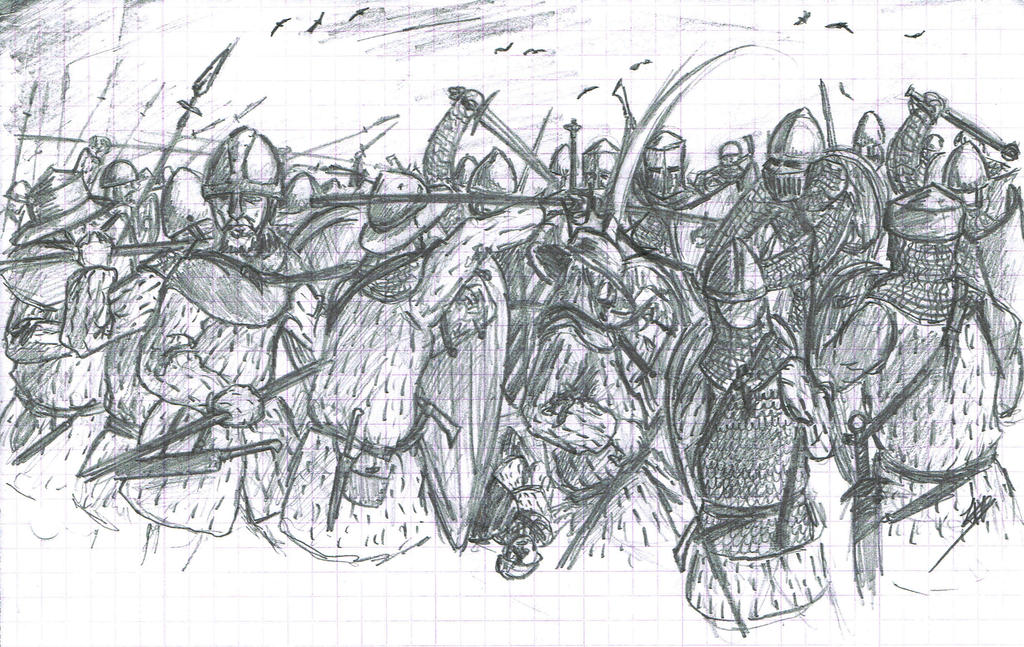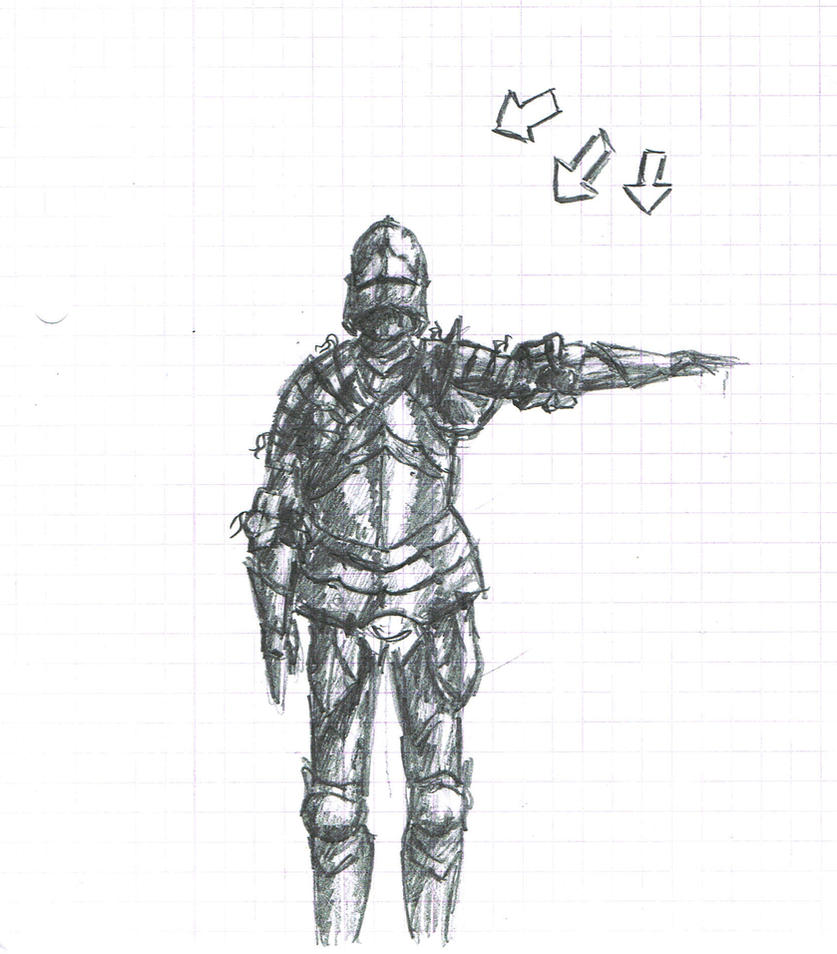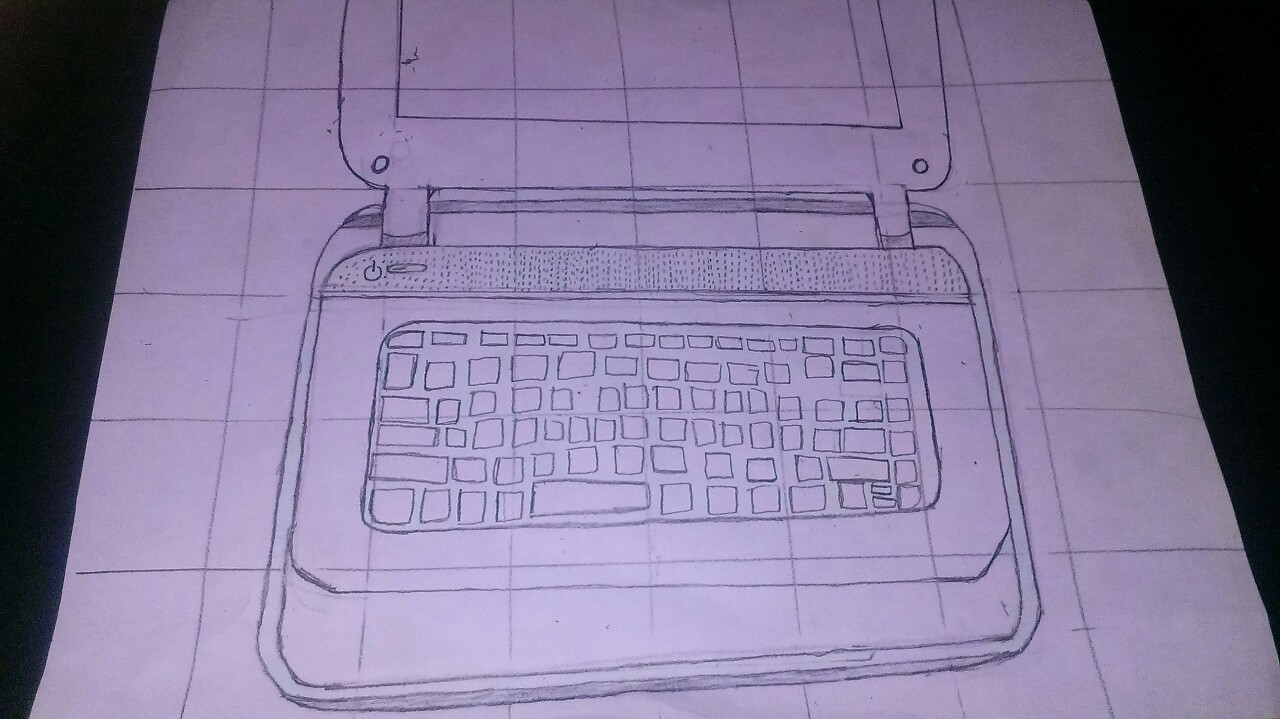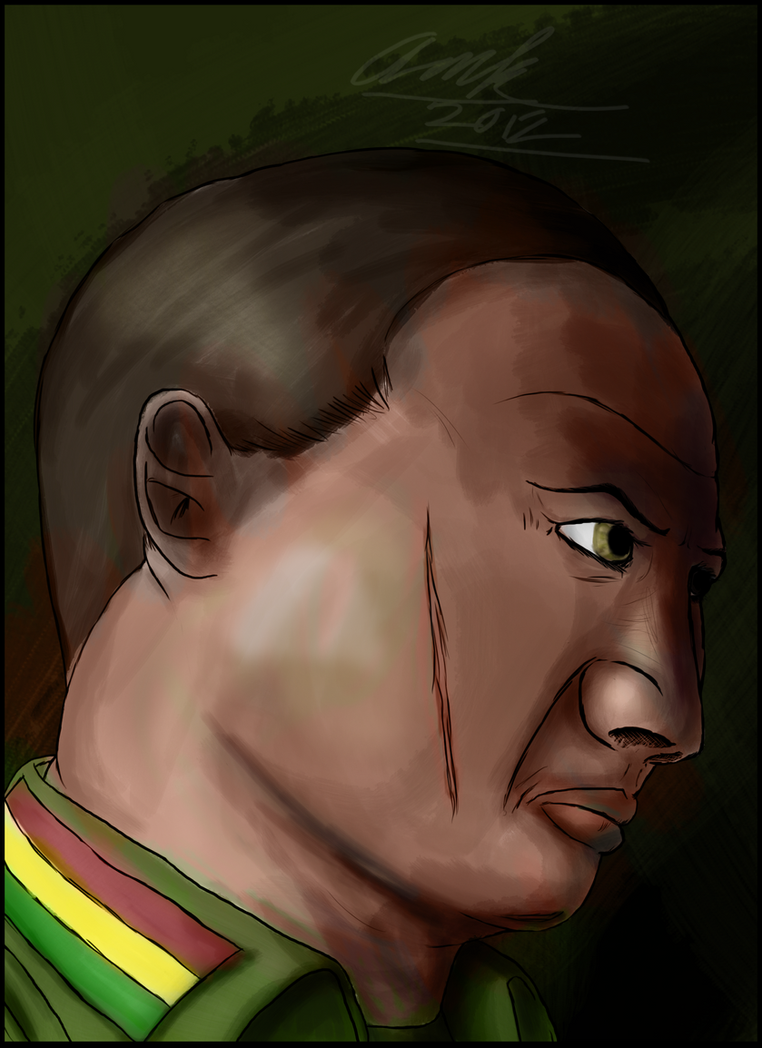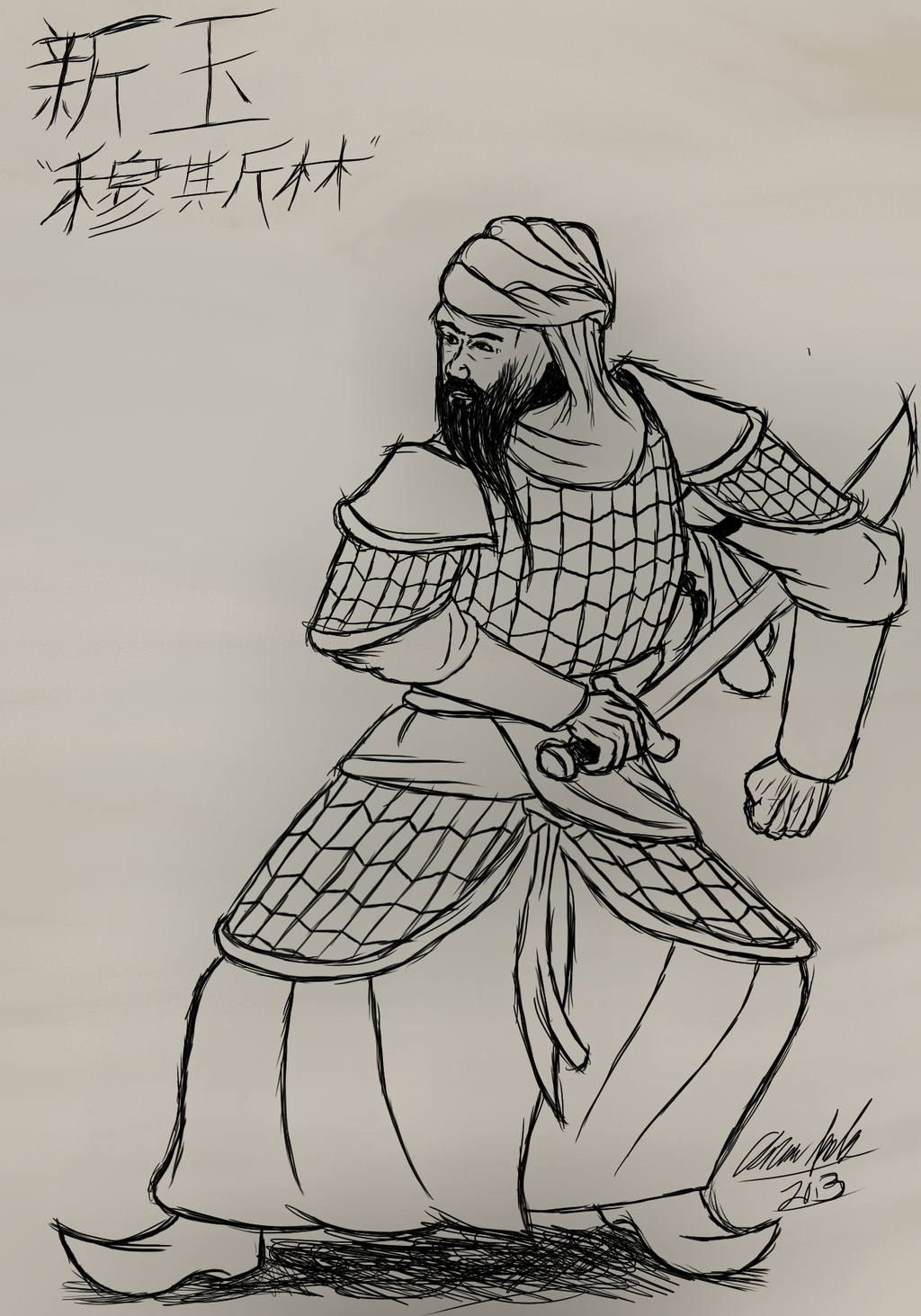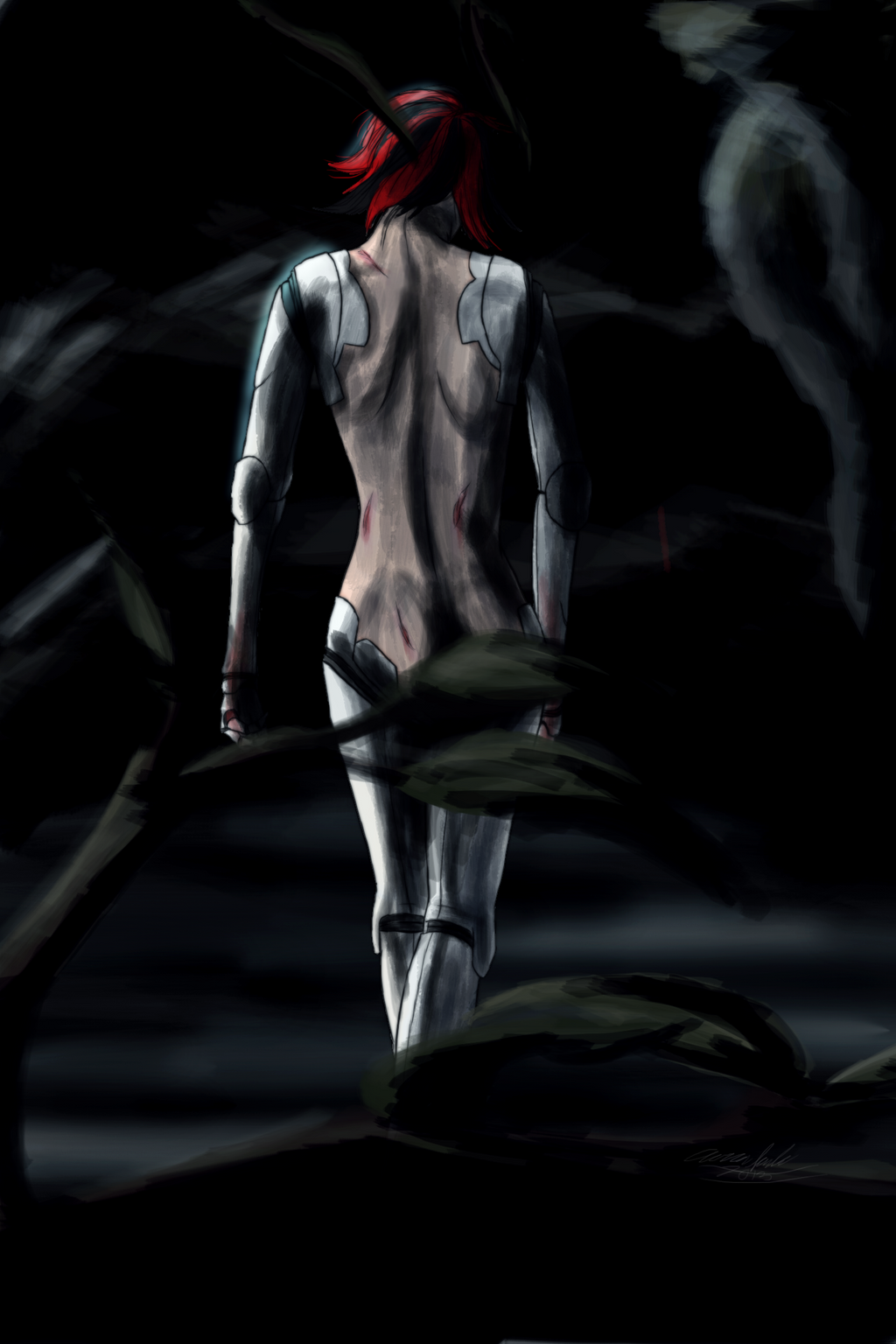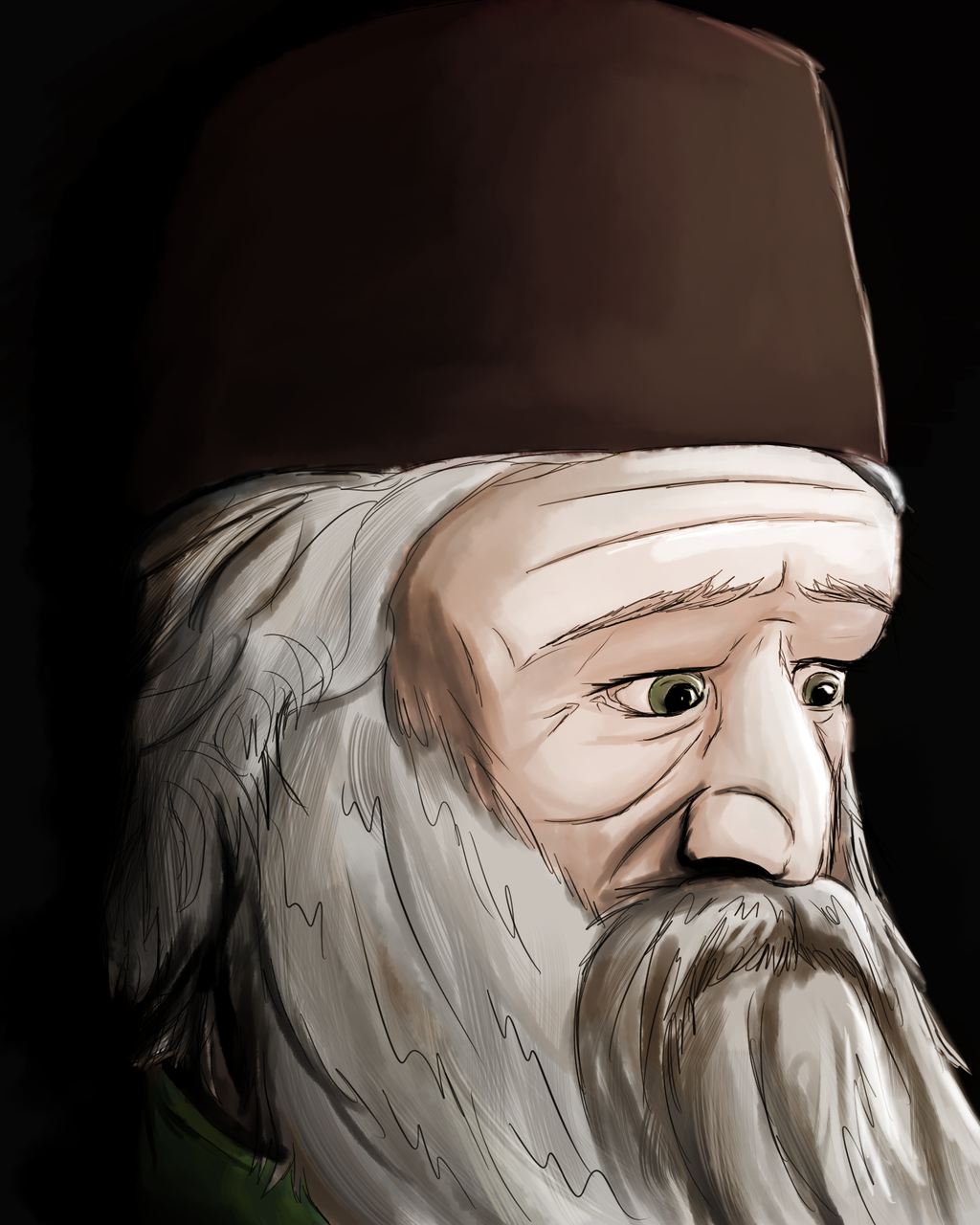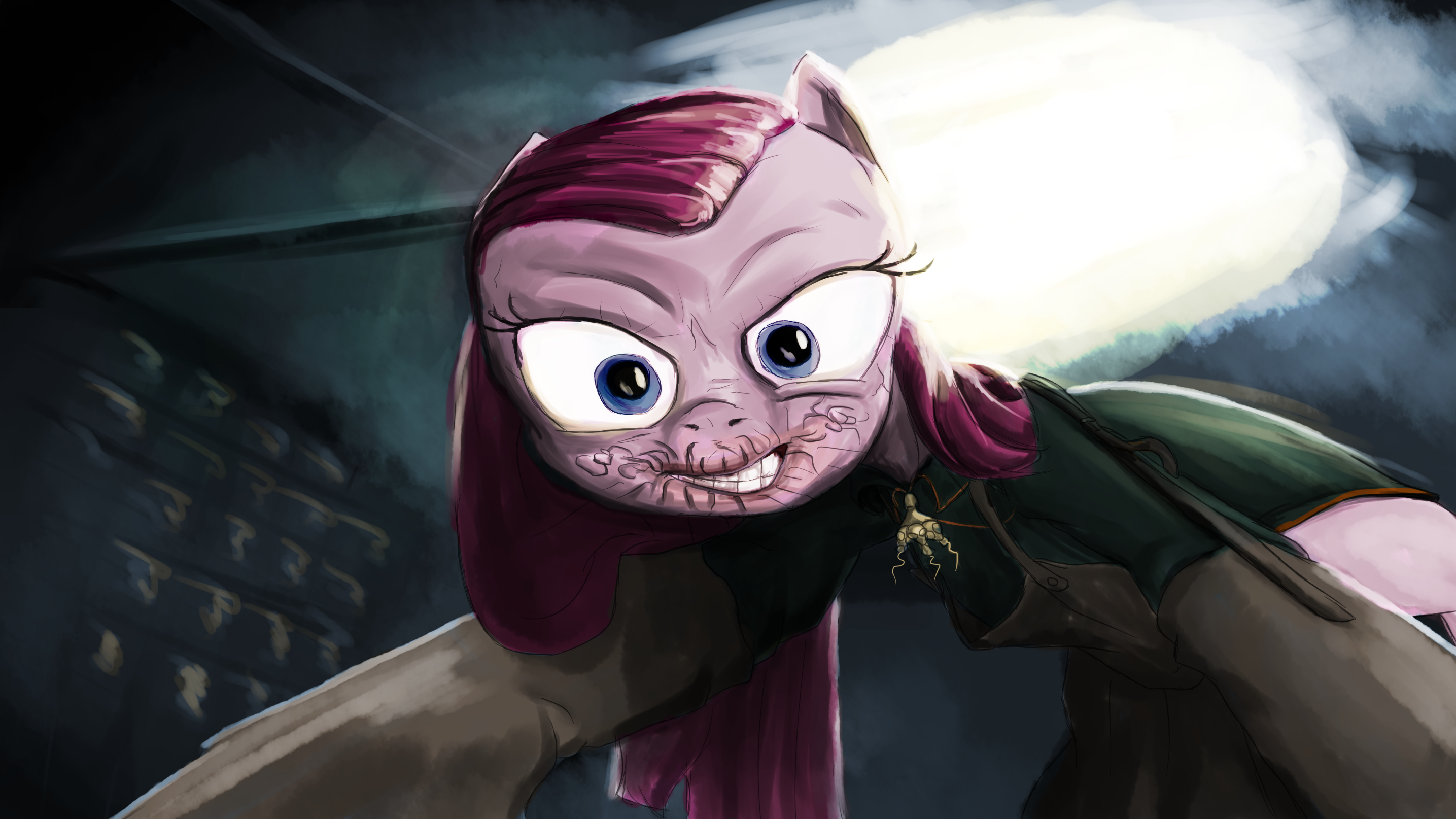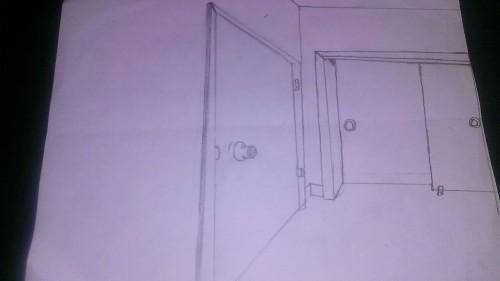@Totts: Vordak is right -- the best thing that will help you to improve is simply drawing from life. (Which is also mentioned by SheepIon when talking about 'observational drawing'.) It could be a cup, an orange, a cellphone, a shoe.. It doesn't matter. Use whatever you have on hand. Every complex object can be broken down into those simple shapes that you did (a sphere, the pyramid or cone, a cube, or a cylinder), you just have to try to visually break each object down. For instance, a cup is built out of a cylinder. A cellphone could be a rectangle/cube when broken down into a basic shape.
Try to start mentally deconstructing the objects you see around you -- once you get the hang of that, try to translate those breakdowns onto paper. (If you wanted to draw a cellphone, for instance, start by lightly sketching the rectangle at the angle you see of the phone sitting before you. Once you have the basic shape and angle correct, then start refining the shape into a more complete drawing, adding details as you go.)
Mastering the basics does take some time, but they're the foundation of everything else from here on out. Get the fundamentals down -- even the most beautiful and complex drawings utilize them.
@Mr Allen J: I'll add you to the roster right now. Welcome to the group!
As long as the artwork is posted with proper credit (as much as you can -- I know sometimes pieces can be hard to source), then it's fine to post artwork done by other people for the purpose of doing studies on your end. Imitation is often helpful for learning various techniques other artists utilize. That all said -- don't do trace overs... In the end they're not very helpful. You'll learn a lot more if you try to draw what you see out by hand. (It'll develop your linework and your eye for accuracy, which will allow you to draw much better on your own. Tracing doesn't really teach you anything except how to trace, unfortunately. The best thing you could do is try to draw what you see out by hand and then overlay your drawing on the original -- it'll show you the areas you need to practice more and help you improve much faster.)
Try to start mentally deconstructing the objects you see around you -- once you get the hang of that, try to translate those breakdowns onto paper. (If you wanted to draw a cellphone, for instance, start by lightly sketching the rectangle at the angle you see of the phone sitting before you. Once you have the basic shape and angle correct, then start refining the shape into a more complete drawing, adding details as you go.)
Mastering the basics does take some time, but they're the foundation of everything else from here on out. Get the fundamentals down -- even the most beautiful and complex drawings utilize them.
@Mr Allen J: I'll add you to the roster right now. Welcome to the group!
As long as the artwork is posted with proper credit (as much as you can -- I know sometimes pieces can be hard to source), then it's fine to post artwork done by other people for the purpose of doing studies on your end. Imitation is often helpful for learning various techniques other artists utilize. That all said -- don't do trace overs... In the end they're not very helpful. You'll learn a lot more if you try to draw what you see out by hand. (It'll develop your linework and your eye for accuracy, which will allow you to draw much better on your own. Tracing doesn't really teach you anything except how to trace, unfortunately. The best thing you could do is try to draw what you see out by hand and then overlay your drawing on the original -- it'll show you the areas you need to practice more and help you improve much faster.)
